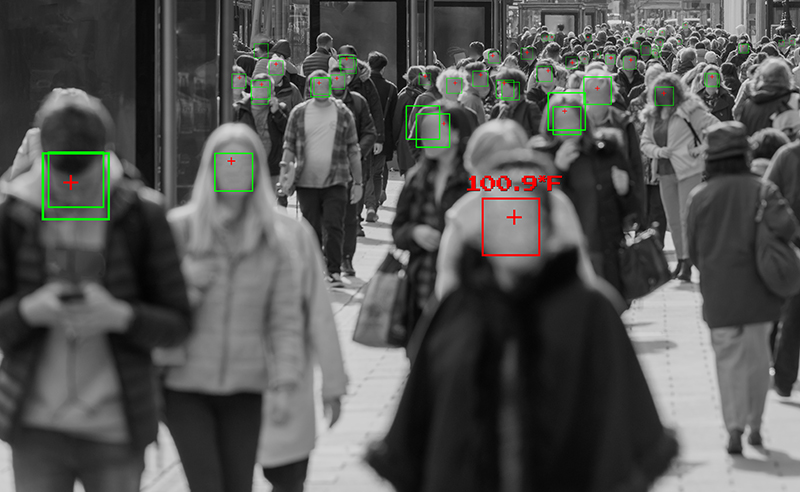
REAL-TIME FACIAL RECOGNITION PROTOTYPE
by Tobin M. Albanese
PORTFOLIO — IN PROGRESS Tue Apr 01 2025
Scope & gates. This is a governance-first prototype: closed dataset, small opt-in group, visible consent, and hard “no” on production deployment until evaluation clears explicit thresholds. The point is to stress the controls, not to chase accuracy at any cost.
What the prototype will not do. No watchlists in public spaces, no covert collection, no scraping, and no deployment beyond lab conditions. The safest prototype is one that refuses to cross its own lines.
